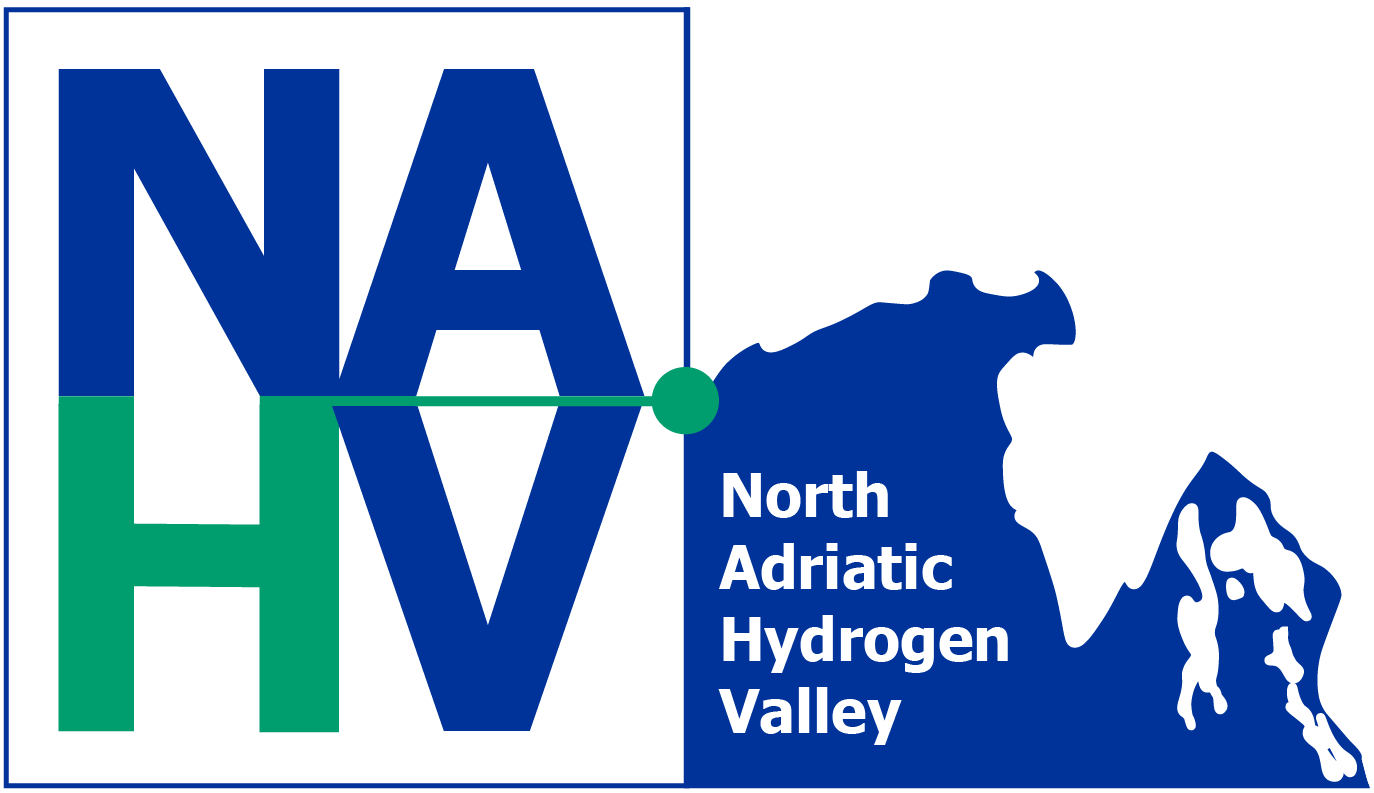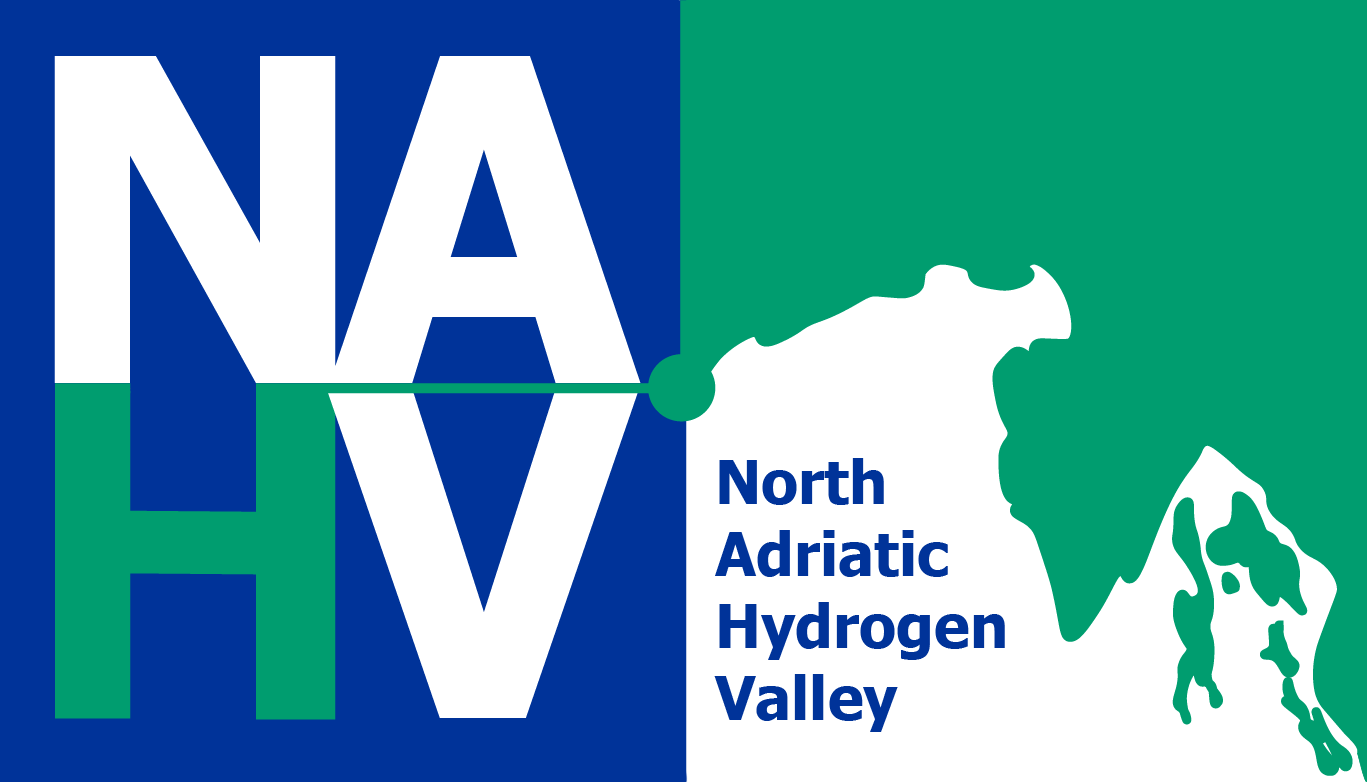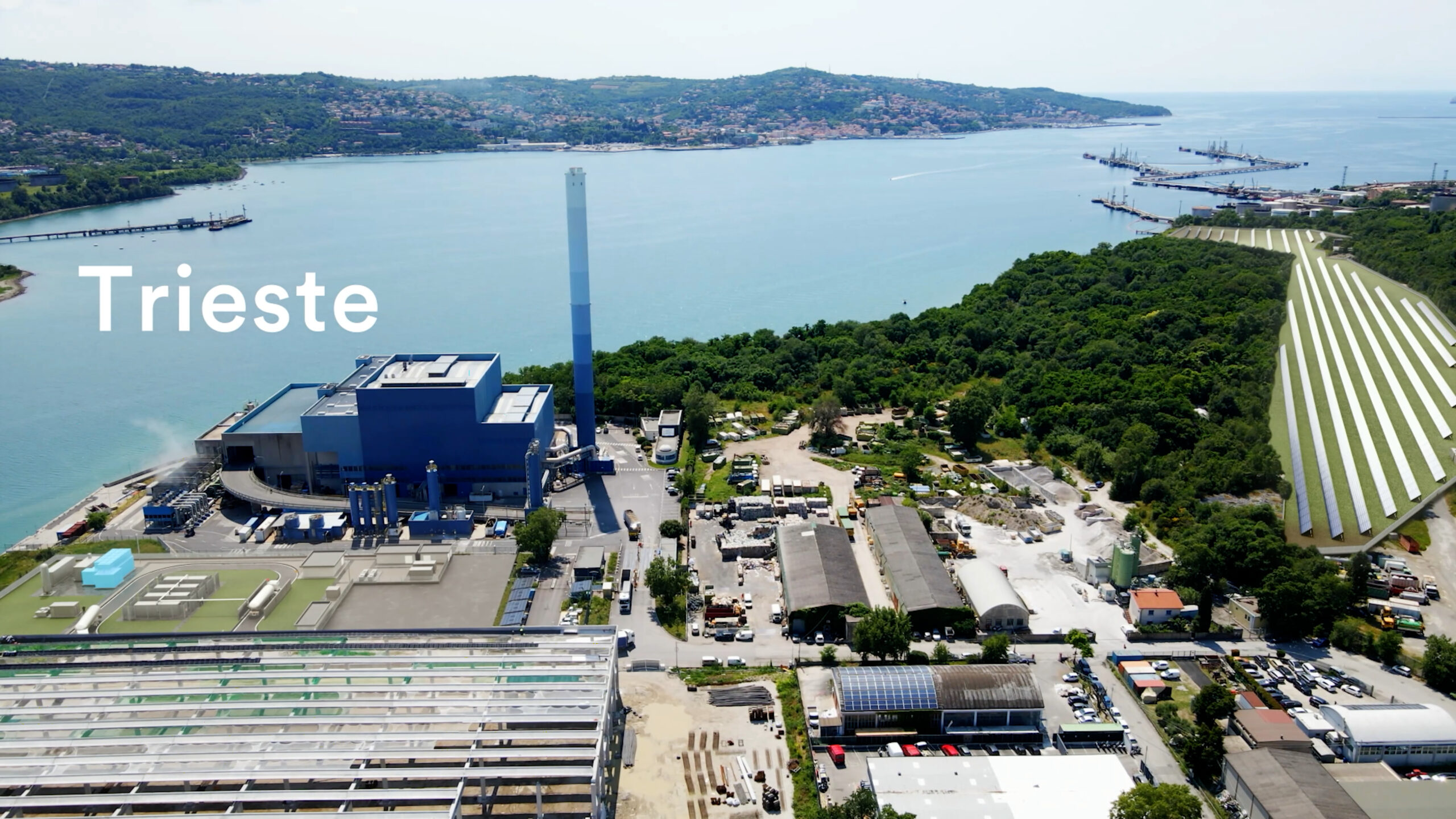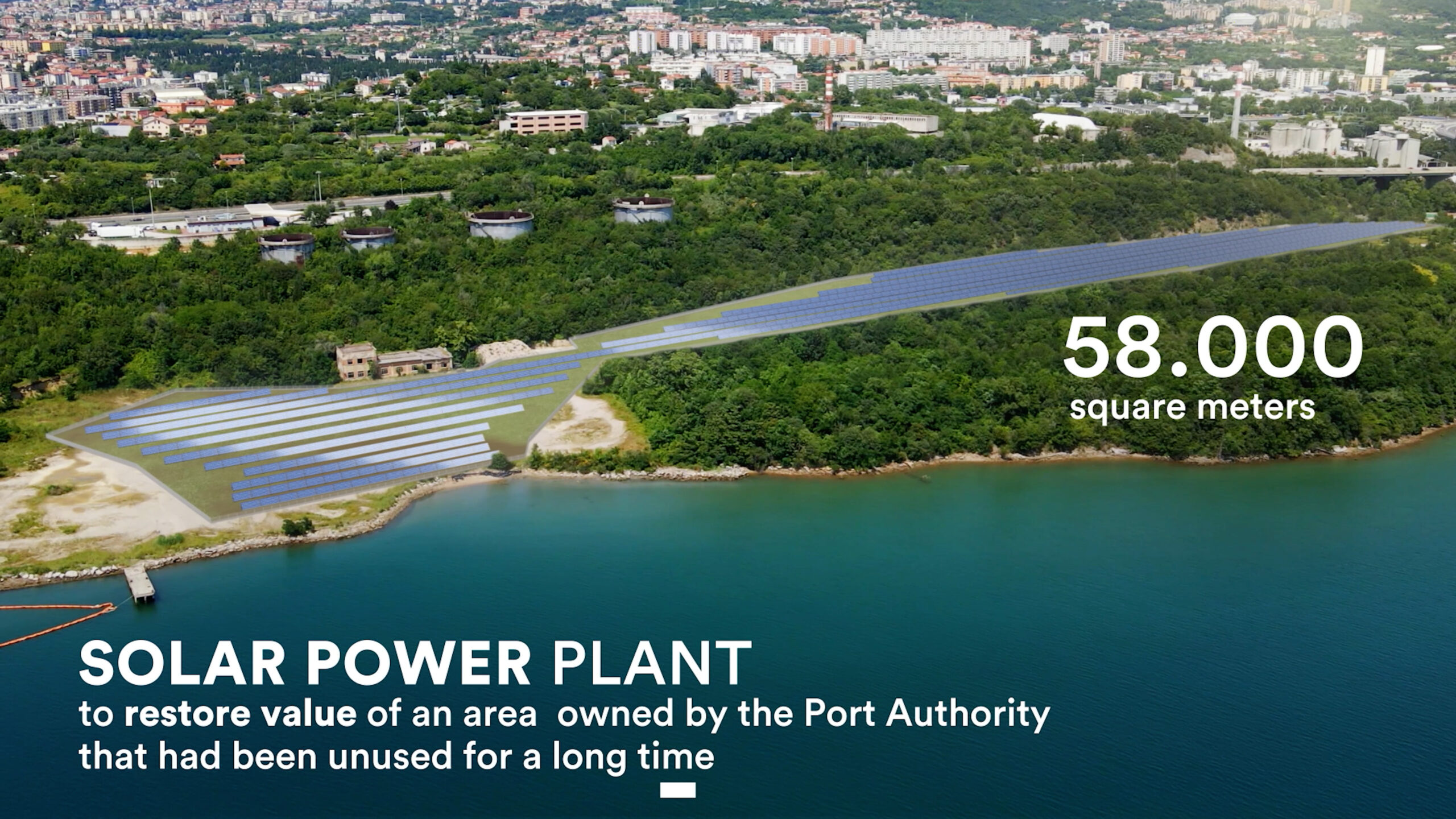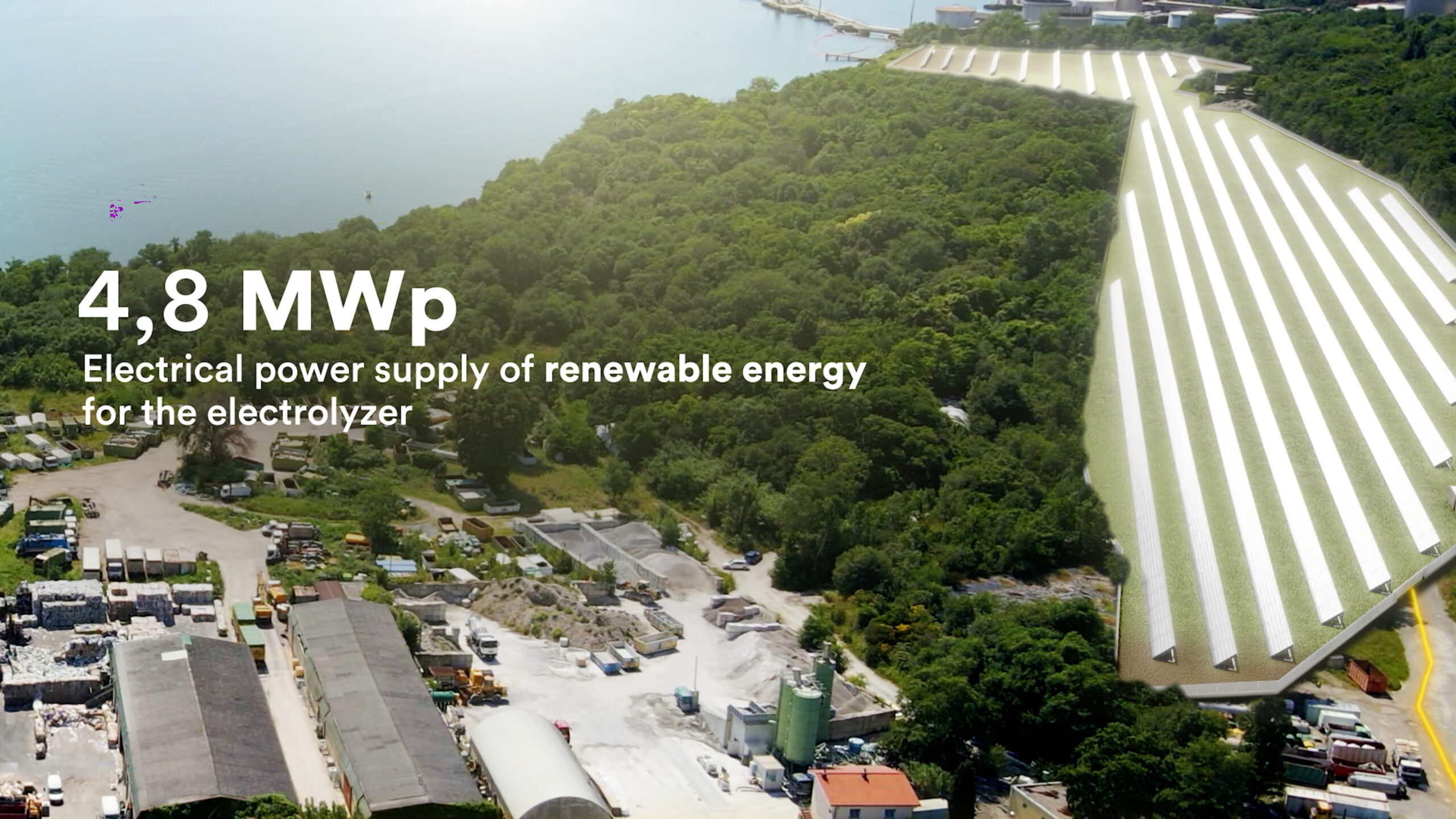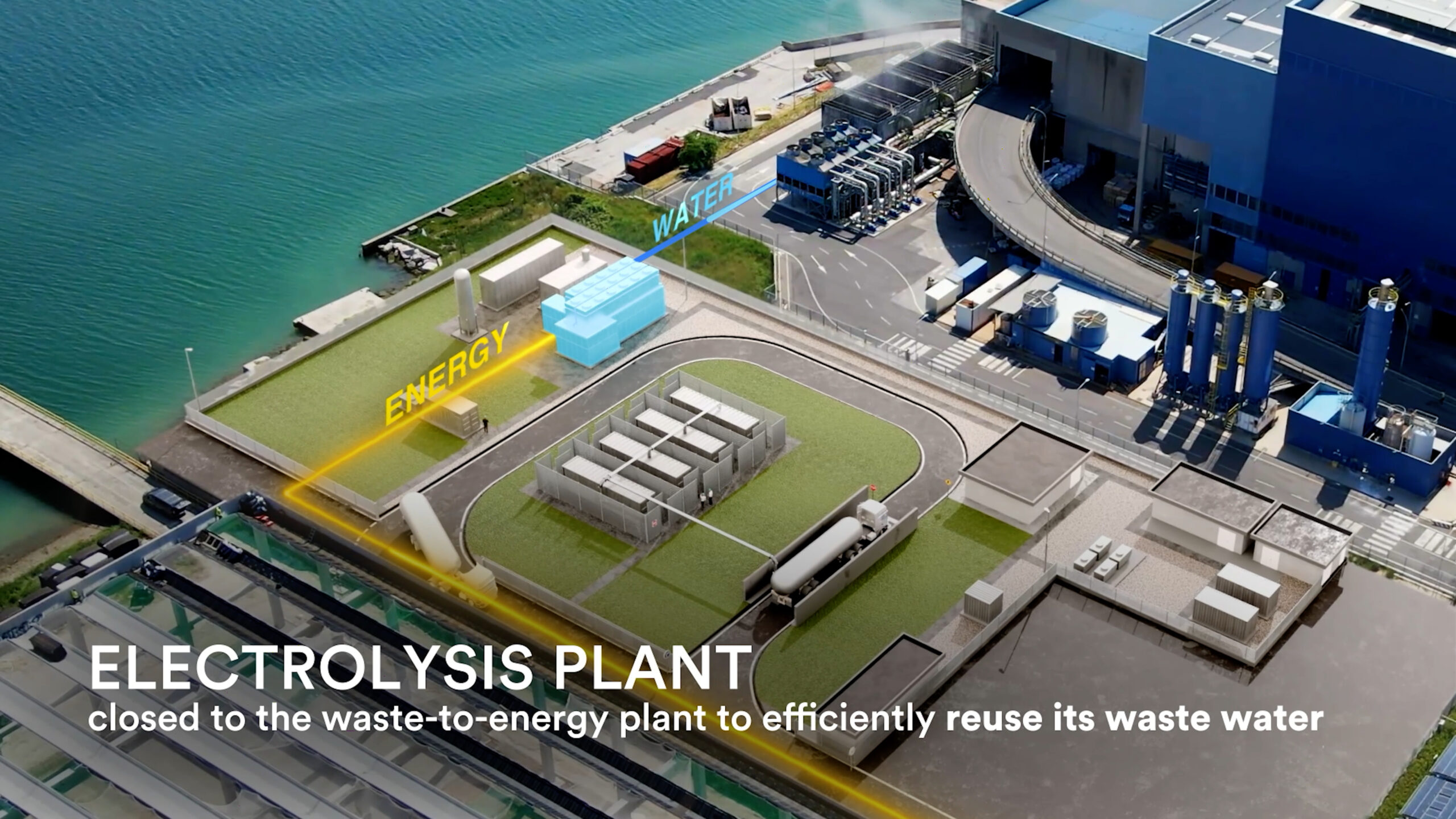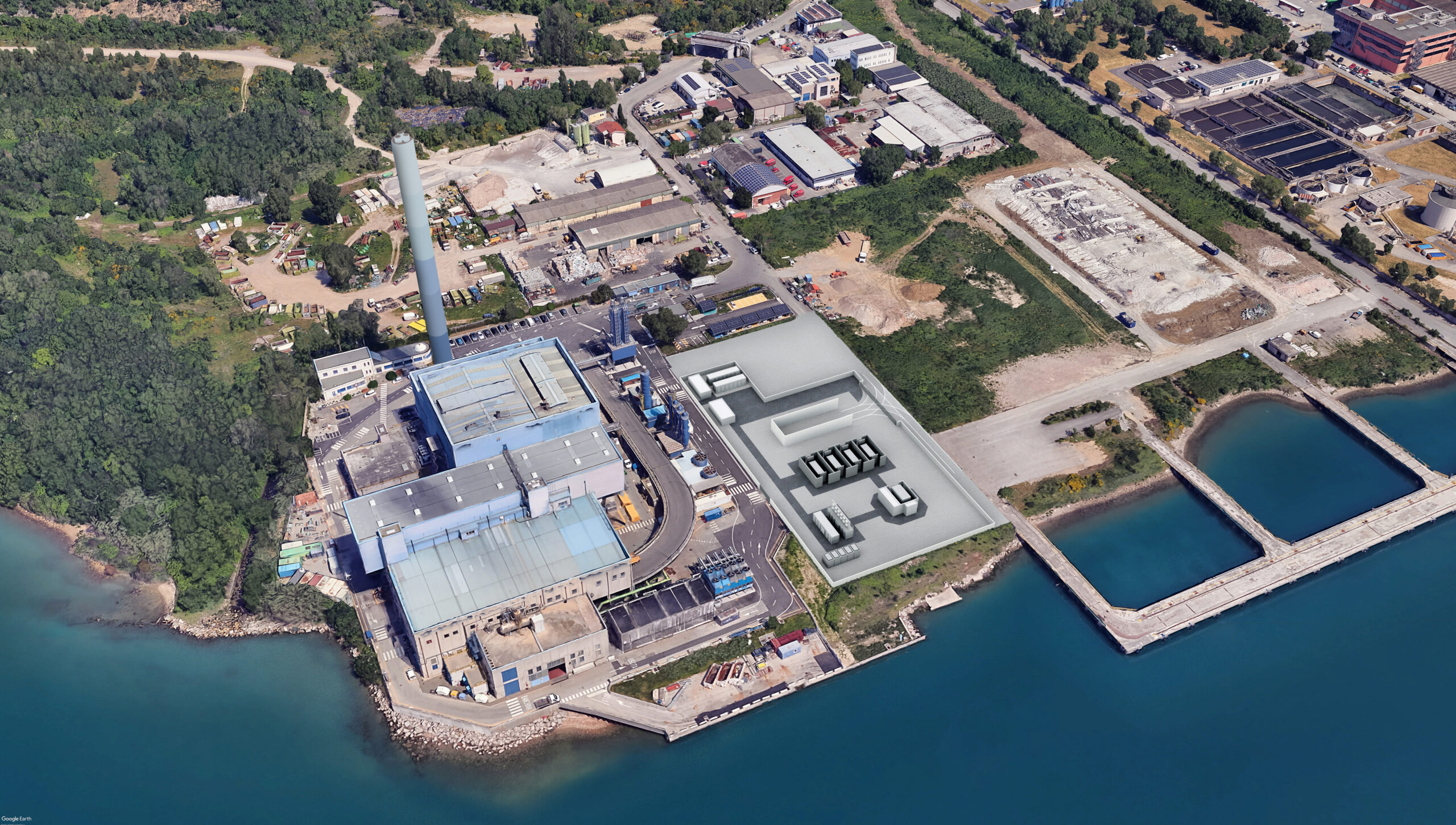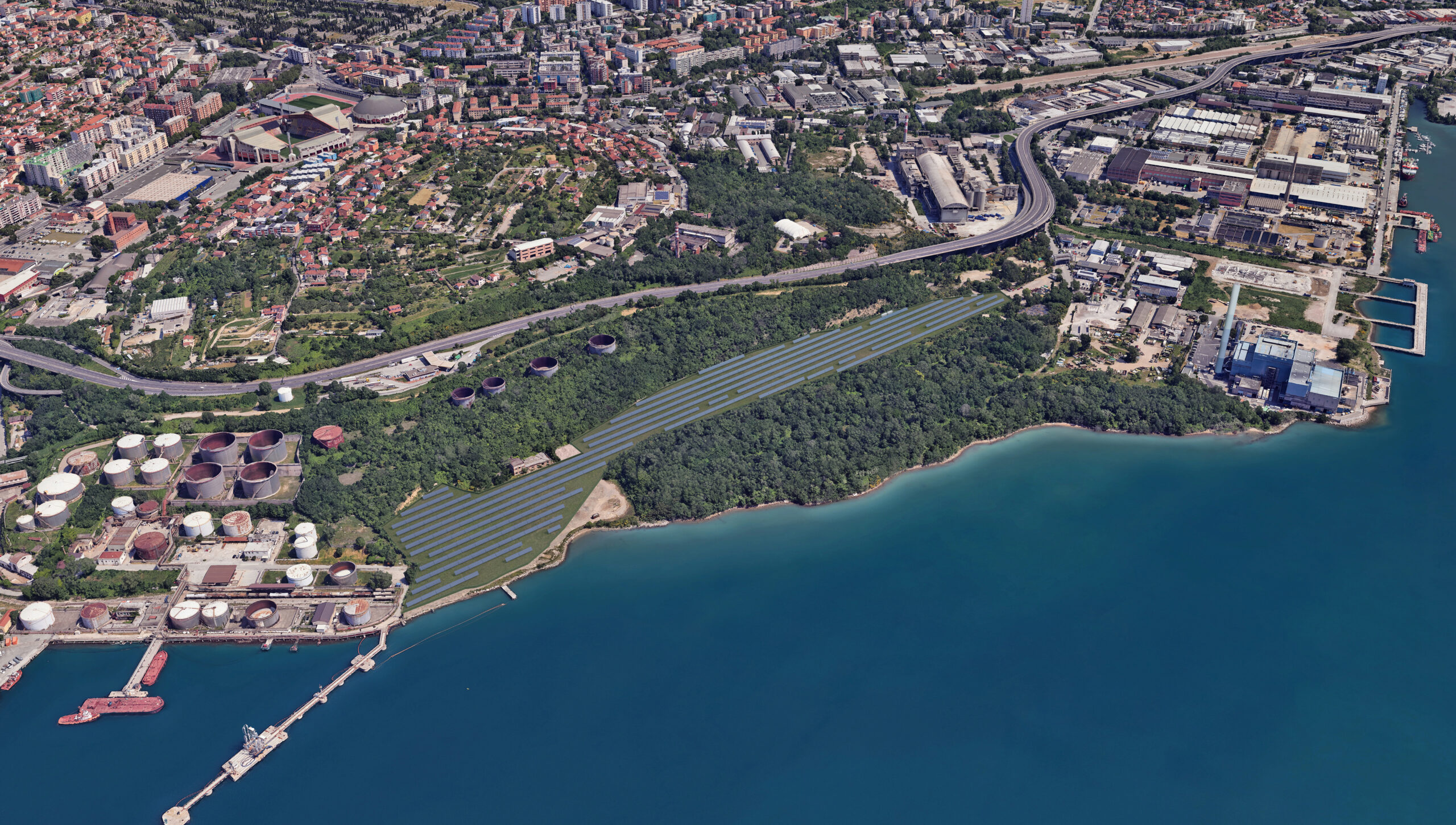AcegasApsAmga S.p.A. is at the forefront of bringing renewable hydrogen into practical use across the North Adriatic Hydrogen Valley. The company is developing an electrolyser plant powered by photovoltaic energy and renewable electricity from the grid, producing clean hydrogen for local public transport and logistics. Alongside this, it is using its technical expertise to explore how hydrogen could be safely blended into the existing gas distribution network, helping to prepare the ground for a more sustainable energy future.
Company Overview
Company name: AcegasApsAmga S.p.A.
Headquarters: Via Del Teatro, 5 – 34121 Trieste
Industry: Multiutility
Representative: Carlo Andriolo, General Director
Interview
What is your vision of the use of renewable hydrogen and the hydrogen economy as a whole?
In our view, renewable hydrogen represents an essential energy carrier that can play a key role in the decarbonisation of logistics and local public transport, through a shared and coordinated process. Specifically, the hydrogen produced by the AcegasApsAmga plant is expected to be primarily used in local public transport, in both rail and road vehicles, as well as in logistics activities. This is due to the smaller gap between the Levelised Cost of Hydrogen (LCOH) and the willingness to pay of potential offtakers operating in these sectors.
What are the main driving forces for the adoption of renewable hydrogen, and what are the major challenges for the ecosystem to successfully evolve?
The adoption of renewable hydrogen is driven by the growing need to decarbonise key sectors and strengthen energy resilience. However, the ecosystem still faces significant challenges, such as the definition of the authorisation process, the establishment of a stable regulatory framework, and the development of a consolidated energy market.
Specifically, what are the major challenges for your organisation when it comes to renewable hydrogen?
For our organisation, the main challenges include the creation of a dedicated structure for the implementation and operational management of the electrolysis plant, and the need to explore a new market related to hydrogen sales, which presents different dynamics compared to traditional energy vectors.
What are your competencies related to renewable hydrogen that you would like to strengthen and share within the NAHV ecosystem?
We bring a set of technical and strategic competencies that we aim to further develop and share within the NAHV ecosystem, including:
- The design, optimisation, implementation, and operational management of an electrolysis plant;
- The use of a natural gas–hydrogen mixture in the existing gas distribution network, with particular attention to the typical technological limitations of hydrogen (such as embrittlement) and associated constraints;
- The creation of a regulatory framework to support the development of the emerging hydrogen market.
What is your role in the NAHV, and what will be your main contribution to the objectives of the initiative?
AcegasApsAmga leads Work Package 4, titled “Renewable Hydrogen Testbed Applications for the Energy Sector”, and contributes through two main initiatives:
- The development of a renewable hydrogen production plant using a 5 MWe electrolyser, with an estimated output of 370 tonnes per year, powered by both photovoltaic energy and renewable electricity from the grid;
- The provision of specialised technical support for the preliminary and theoretical evaluation of the suitability of a portion of the gas distribution network to distribute a natural gas and hydrogen blend, based on the characteristics of connected users.
What are your long-term expectations from your involvement in the NAHV?
Through our participation, we aim to:
- Contribute to the creation of an ecosystem capable of laying the foundations for a stable and lasting hydrogen market within the broader context of the energy transition;
- Build a network of public and private entities across institutional, industrial, and research sectors, to support the development of market-based solutions;
- Promote synergies between the hydrogen ecosystems of Trieste, Friuli Venezia Giulia Region, and NAHV;
- Support the systemic development of the entire hydrogen value chain, from production to distribution, storage, and end use.
How would you like to contribute to the development of the entire ecosystem in the long run?
In the long term, AcegasApsAmga will actively contribute to both the production and distribution segments of the hydrogen supply chain. With an annual production capacity of 370 tonnes, we will be the Italian partner within the consortium with the highest volume of hydrogen produced.
What would you suggest to other protagonists who are interested in joining the initiative?
To those considering joining the initiative, we strongly recommend engaging with the entities already involved, both companies and institutions. In a context that is still in its early stages and not yet fully defined, collaboration and the creation of robust business networks are essential to building a solid foundation for the hydrogen economy.
